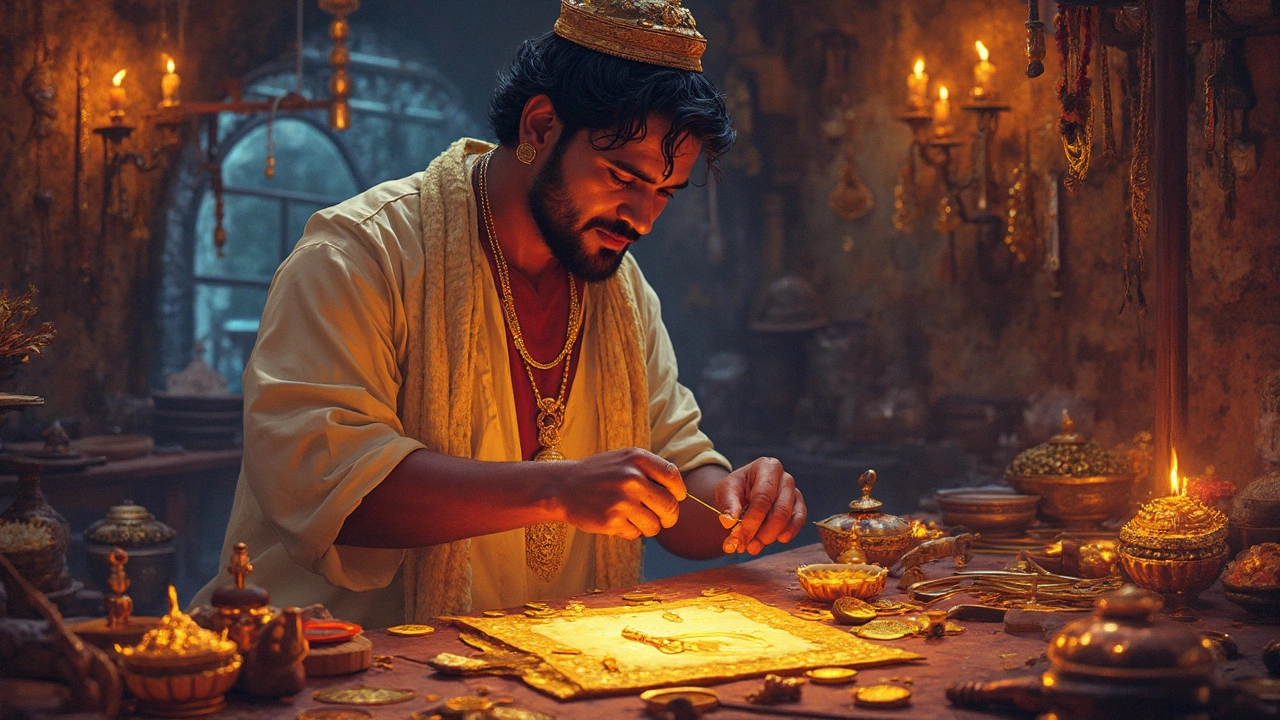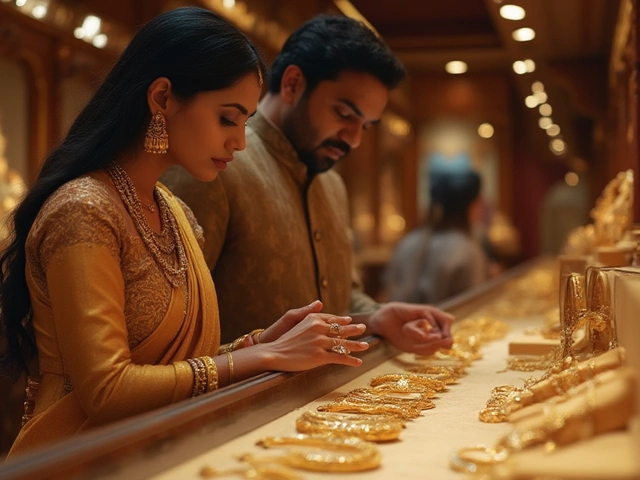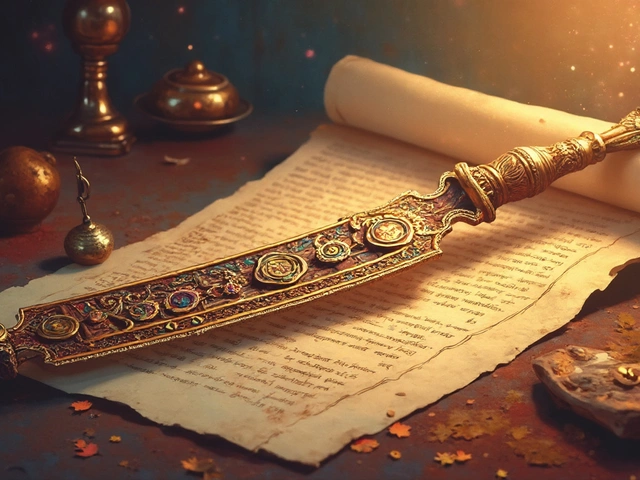Nagas Craftsmanship: The Heartbeat of Tribal Jewellery
If you’ve ever seen a piece of jewelry that looks like it tells a story, chances are it’s from the Nagas. These tribes from Northeast India have a way of turning metal, beads, and natural materials into art that feels alive. In this guide, you’ll learn what makes their work special and how you can spot real Nagas pieces.
Crafting Techniques That Define Nagas Art
The Nagas work mostly with brass, copper, and silver. They start with raw metal sheets, cut them by hand, and shape them using simple tools like hammers and chisels. The result is a bold, geometric design that reflects their tribal symbols. One trick they use is called ‘repoussé’, where they hammer the metal from the back to create raised patterns on the front. This gives the piece a three‑dimensional look without adding extra material.
Beads are another staple. Traditional Nagas use glass, bone, and semi‑precious stones that they string together in long, colorful chains. The beadwork is often layered, creating a textured effect that catches the eye. When you see a necklace with alternating bright beads and metal links, you’re likely looking at authentic Nagas craftsmanship.
Thread work also plays a big role. Artisans weave thin copper or silver wires through the beads and metal parts, locking everything in place. This technique not only strengthens the piece but also adds a fine detail that sets it apart from mass‑produced jewelry.
Where to Find Authentic Nagas Pieces
Finding genuine Nagas jewelry is easier than you think if you know the right spots. Local markets in Nagaland’s capital, Kohima, showcase a wide range of items directly from the artisans. Buying there means you get a piece that’s fresh and often customized.
Online, look for stores that list clear provenance, like “handcrafted by Nagas artisans” or “directly sourced from tribal villages.” Reputable sites will show close‑up photos of the metal work and bead details, plus a story about the maker. Avoid listings that use stock photos of generic tribal jewelry; that’s usually not authentic.
If you’re shopping in larger Indian cities, specialty boutiques that focus on tribal art are good bets. They often collaborate with Nagas cooperatives, ensuring fair wages for the craftsmen. Asking the shopkeeper about the origin of the piece can also reveal whether it’s truly Nagas.
When you finally hold a Nagas piece, notice the hand‑made feel. The edges may be slightly uneven, the metal will have a warm tone, and the bead colors will look naturally varied. These tiny imperfections are what make the jewelry unique.
Whether you’re looking for a bold necklace, a set of traditional earrings, or a simple bracelet, Nagas craftsmanship brings a touch of tribal heritage into modern style. Their work blends history, culture, and skill in a way that many other jewelry styles can’t match.
So next time you see a piece that feels alive, think about the Nagas behind it. Their hands have been shaping metal and beads for generations, and each new creation carries a piece of that legacy. Supporting Nagas artisans means keeping that tradition alive while adding something truly special to your collection.
Nagas Gold: Shimmering Elegance of Temple Jewelry in India
Nagas gold refers to a special variety of Indian temple jewelry, renowned for its unique craftsmanship and cultural significance. Often adorned with intricate designs and rich motifs, these pieces symbolize divine connection and tradition. Understanding its origins and designs can deepen appreciation for this exquisite art form, offering a glimpse into India's artistic heritage. This article explores fascinating aspects of Nagas gold, from its historical roots to tips on selecting authentic pieces.





